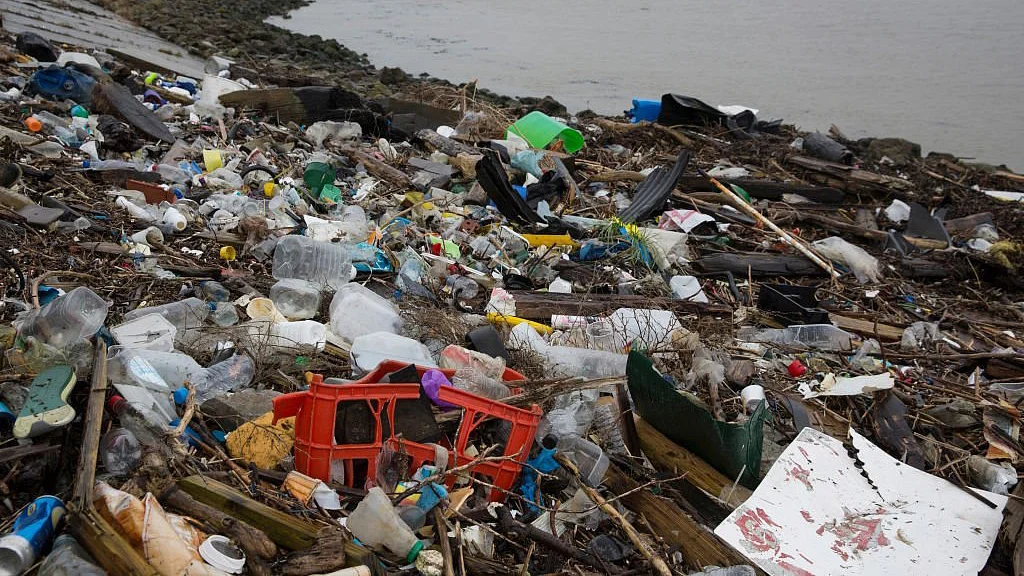Of 1.1 million pollution-related deaths, 75% happened in rural India, says Massachusetts study
The study raises the alarm that if no action is taken, “population exposures to PM2.5 are likely to increase by more than 40% by 2050.”

A new study has found that high pollution levels contributed to nearly 1.1 million deaths in 2015, or 10.6% of the total number of deaths in India, with "the burden falling disproportionately (75%) on rural areas". The study raises the alarm that if no action is taken, "population exposures to PM2.5 are likely to increase by more than 40% by 2050."
Coming close on the heels of the alarm being raised around high pollution levels in Delhi, the study insists, "The urban areas had slightly lower contributions to attributable mortality from residential biomass combustion (22.9% in urban areas compared with 25.1% in rural areas), open burning (5.7% compared with 6.2%), and distributed diesel (1.5% compared with 2.0%), and somewhat larger contributions from coal combustion (16.3% compared with 15.3%) and dust (39.6% compared with 37.2%)."
Noting that the Indo-Gangetic plains were found to be particularly more polluted compared to the rest of India, the study, providing a further breakup, says, India experienced a 48% rise in pollution-related deaths compared to 1990, adding, of the 1.09 million deaths in India in 2015, as many as 644,000 were men and 447,000 women.
The study says, "Residential biomass burning is the largest individual contributor to the burden of disease in India", with "residential biomass burning responsible for 267,700 deaths", or 25% of the total, the study says, "These burden estimates do not include the considerable additional burden from indoor exposure to biomass burning."
Pollution levels across IndiaStating that "coal combustion and open burning also contribute substantially to disease burden", the study -- "Burden of Disease Attributable to Major Air Pollution Sources in India", published by the Health Effects Institute, Boston, Massachusetts, US, and carried out by scholars of the Indian Institute of Technology, Bombay, and the University of Washington -- says, roughly evenly split between industrial sources and thermal power plants, it was "responsible for 169,300 deaths (15.5%)."
Other sources of pollution related deaths, says the study, include open burning of agricultural residue responsible for 66,200 (6.1%), followed by transportation contributing 23,100 deaths, distributed diesel contributing 20,400 deaths, and brick production contributing to 24,100 deaths."
Underlining that compared with nearly 1.1 million deaths in 2015, deaths attributable to high pollution levels are projected to rise to 3.6 million with no action, the study believes, "Aggressive action could avoid nearly 1.2 million deaths; all major sectors will need to achieve reductions in air pollution to reduce disease burden."
The study claims, its "comprehensive air pollution estimates available from both satellite and Indian ground-level measurements of fine particulate matter indicate that 99.9% of the Indian population is estimated to live in areas where the World Health Organization Air Quality Guideline for fine particulate matter was exceeded in 2015."
(This article was first published in couterview.org)
Follow us on: Facebook, Twitter, Google News, Instagram
Join our official telegram channel (@nationalherald) and stay updated with the latest headlines
